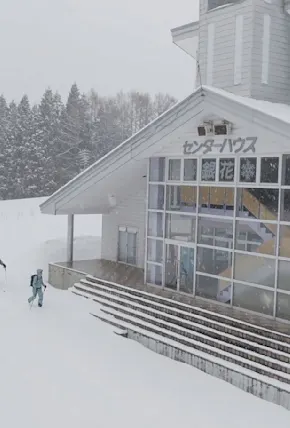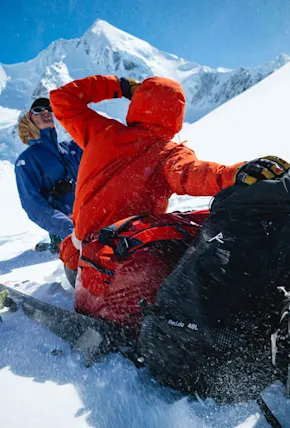Ed Note: Splitboarding offers a way to access potentially dangerous backcountry terrain beyond the reach of ski patrol and any other such safeguards inherent to resort riding. To navigate the backcountry safely, a high level of on-snow ability is required and avalanche safety education is seriously suggested. Splitboarding, and backcountry travel are not for beginners or casual boarders. Get educated and stay safe.
A splitboard is a snowboard that separates into two ski-like halves that, when used with climbing skins for uphill traction, can be used to ascend a slope like a traditional ski touring setup. Similar to cross country skis, special splitboard bindings detach and reattach at the toe allowing for free heel movement, which makes forward progress natural. Splitboards are most often used to access remote backcountry terrain beyond the reach of ski lifts and snowmobile tracks.
That’s the technical talk. More casually, splitboarding is a peaceful, human-powered way to access terrain outside of the ski resort boundaries. Allowing the user to move near silently through rugged, snowy terrain, splitboarding combines the zen-like approach of backpacking and the physical workout of hiking, with the reward of a powder run. It’s like going for a nature hike, only you get to snowboard a little bit too.














